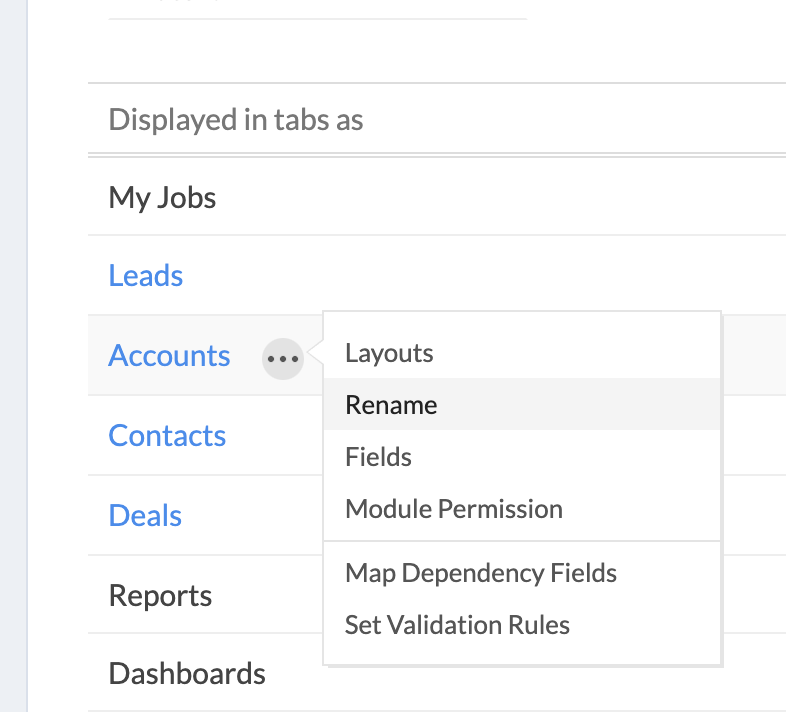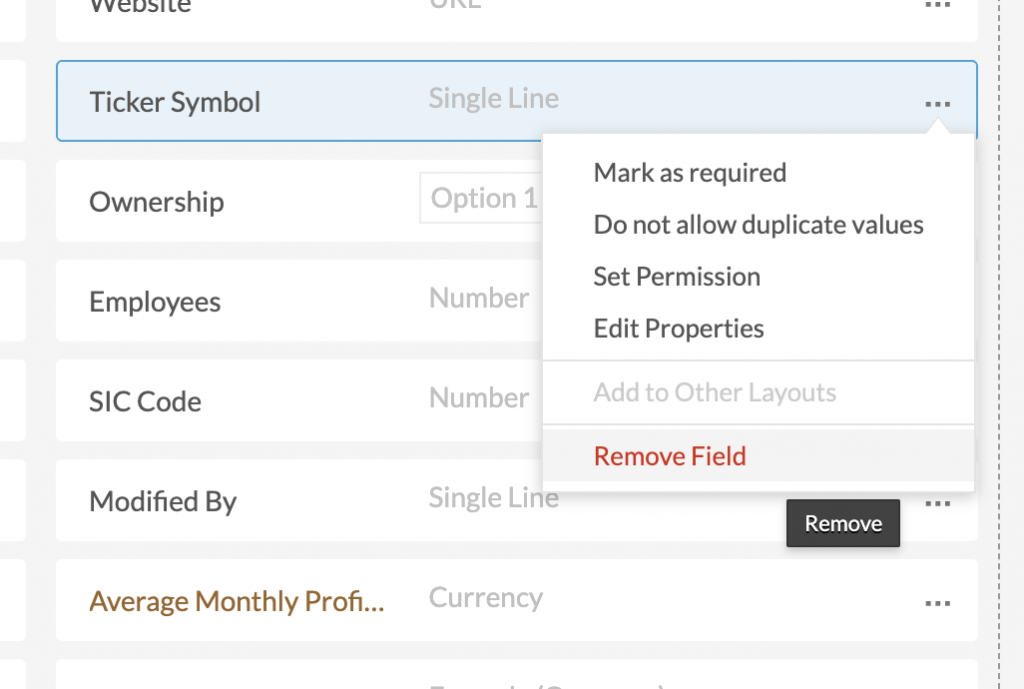In this article, we’ll be going over the difference between leads, contacts, accounts and deals in Zoho CRM.

Where does this terminology come from?
Zoho has a particular philosophy when it comes to the sale process. To understand it, it’s worth bearing in mind where Zoho CRM came from. Zoho built Zoho CRM for their own needs. They started as a software vendor selling products like Manage Engine to enterprise IT clients. In their world, it was pretty easy to come up with a list of prospective customers by trawling through industry publications. They’d throw all these companies into the Leads module. Generally these companies had never actually heard of Zoho so they weren’t really prospects, they were more like suspects.
When does a lead become a contact, account and deal?
If you strictly follow the same sales process as Zoho, you should convert a lead into a contact, account and deal as soon as you qualify the lead. Qualifying doesn’t mean the company signed a contract with you. It means that you’ve had at least one conversation/email exchange with them and they have expressed some degree of interest. As soon as you notice a twinkle in their eye, you should hit the convert button.

This process of converting a lead once they’re qualified can feel quite unnatural. Most business owners in the SMB space instinctively treat Leads as people who haven’t purchased anything yet and only convert Leads once they actually sign a contract/buy a product. I’ll talk about whether this simplified sales process works at the end of the article. For now, let’s continue to understand the Zoho philosophy.
What even is an account/deal/contact?
If you’re not from the enterprise world, the concept of an account could sound quite strange. Basically you could rename Account to “Interested Company”. Whereas a lead contains information about the company, contact and deal all in one record, when you convert a lead, it splits out that information into separate modules.
In Accounts, you store the information about the company/organisation – where is their office located, what’s the company name, what industry are they in? etc.
In Contacts, you put information about the individuals that work at the Account. It goes in a separate module because after you start talking to a company, you normally realise that there are multiple decision makers. It gets unmanageable if you try and cram all that information into one record so you’ll create a separate Contact record for each of them.
Finally in Deals, you’ll put the information about the transaction you might do with the Account. Hopefully you’ll get more than one pay check from them so it’s best to separate out the information about each project/purchase/order into separate deal records. The deal is where you’ll keep track of the progress of sale.

When you first convert a lead, you’ll keep the deal stage at qualification. But as you gather more information, you’ll move the deal through the different stages until you hopefully get to Closed Won 😀
What if those names don’t make any sense in your business?
If you’re not in enterprise sales, account might be quite a confusing term. If so, I’d encourage you to rename the modules and change the fields to suit your business.

If your customers aren’t publicly listed companies, by all means remove the Ticker Symbol field.

To maximise CRM adoption, you’ll want to make the system as easy to understand as possible for your staff. Any confusing terminology should be changed.
What if I have a really simple sales process?
Like I mentioned earlier, converting a lead once they’re qualified can be unituitive. If you prefer, you can change the trigger for conversion to be once someone actually gives you money. Here are some reasons why that might not be the optimal approach:
- If your sales process involves dealing with multiple decision makers, it will get messy trying to manage this in the Leads module
- If you want to do sales forecasting, you’ll lose out because you can’t use the inbuilt Forecasts module (which is based on the Deals module)
- If the same customer approaches you for a second order and you make a new Lead to represent this, your data will get cluttered if you convert that second lead
With all that said, a simplified sales process can work and can be more intuitive as long as you:
a. generally only deal with one decision maker (e.g. B2C)
b. don’t care about forecasts
c. mainly do one-off sales
I’d argue that in this case, Zoho CRM is actually not the right tool for you and you might be better off using Zoho Bigin, Pipedrive or another simple CRM.
Can I change it up later?
Whichever way you decide to structure your sales process, be aware that changing it later can be quite painful. If you start with a simplified sales process and later decide to opt in to the Accounts, Deals and Contacts approach, you might find it quite difficult to migrate data. Moving around fields and reimporting notes is a bit of a pain and can be as tricky as migrating from a different CRM altogether. It’s best to get the structure right from the beginning even if it does take a bit of upfront time investment.
